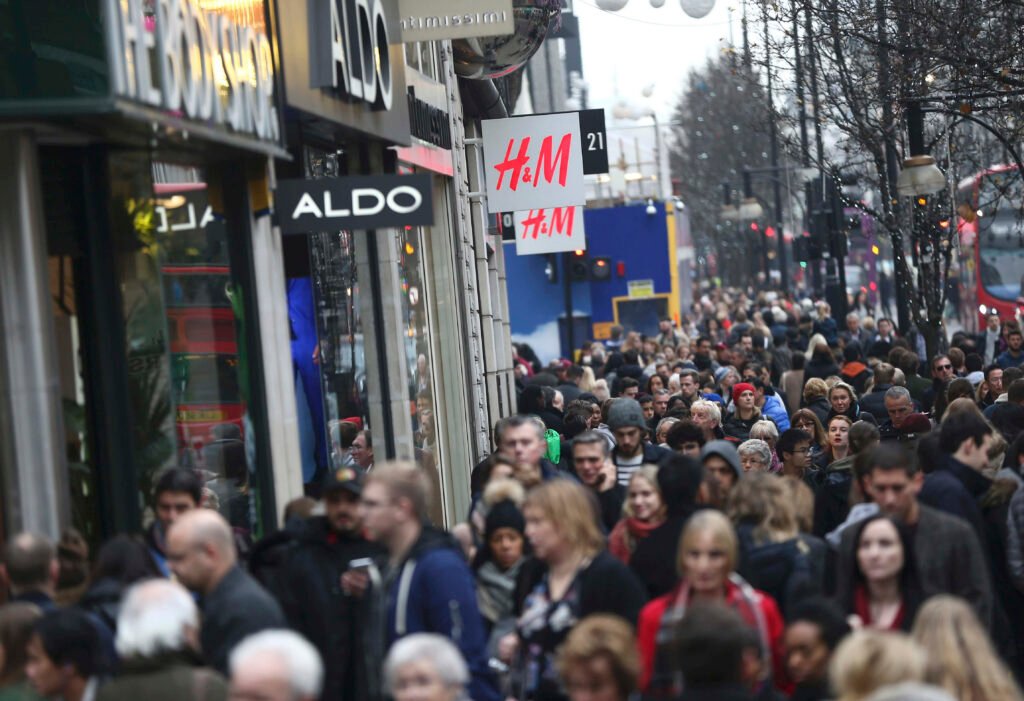The UK economy has demonstrated “stronger than expected growth” as GDP rose by 0.4 per cent in May 2024, data from the Office for National Statistics has revealed.
This represents an improvement on the ONS’s previous findings as it reported that there was no growth in April of this year.
All three main sectors contributed positively to GDP growth in May with services output growing by 0.3 per cent and representing the largest contributor to the growth.
Meanwhile, production and construction output also increased by 0.2 per cent and 1.9 per cent respectively.
This news was received positively by Quilter Investors investment strategist, Lindsay James, who said it was “positive” to see growth pick back up from the “stagnant” position it was in last month.
The data found real gross GDP is estimated to have grown by 0.9 per cent in the three months to May 2024, compared with the three months to February 2024.
This represented the strongest three-monthly growth since January 2022.
The ONS attributed this growth to services output which saw growth of 1.1 per cent in this period, while production output showed no growth and construction fell by 0.7 per cent.
Additionally, looking over the longer term, GDP is estimated to have grown by 1 per cent in the three months to May 2024 when compared with the three months to May 2023.
Future implications
Looking at what this news could mean for the future, James stated: “With wage growth outpacing inflation and the prospect of interest rate cuts ahead, this could bring somewhat improved growth as we move further into the summer months.”
However, she cautioned that, regardless of the new Labour government’s agenda, the second half of 2024 is unlikely to see a significant change of pace compared to the first, and “we may not see any noticeable difference until next year”.
Fidelity International associate director, Ed Monk, added that the return to growth in May suggests there’s “at least some positive momentum in the economy” as the new Labour government takes office.
However, he cautioned that the growth in May following no growth in April suggests the second quarter of 2024 “may be a step back after a more positive start to the year”.
He explained the Bank of England had noted the underlying data suggesting the UK is “running at around a quarter-point of growth per quarter” which “barely counts as ticking over”.
Despite this, Monk said there were signs for optimism, stating: “The economy is recovering from a slowdown in 2023 and the outlook is improving.
“First quarter growth was driven by an uptick in consumer spending, while disposable incomes also increased for the second quarter in a row.
“Consumers are saving more which could support further growth next year as confidence builds and savings are converted into spending.
“The inflation picture is also looking more positive. Services inflation is still higher than the Bank of England would like, but we believe it will begin its rate cutting cycle before long, which should stimulate further economic activity.”
tom.dunstan@ft.com
What’s your view?
Have your say in the comments section below or email us: ftadviser.newsdesk@ft.com

